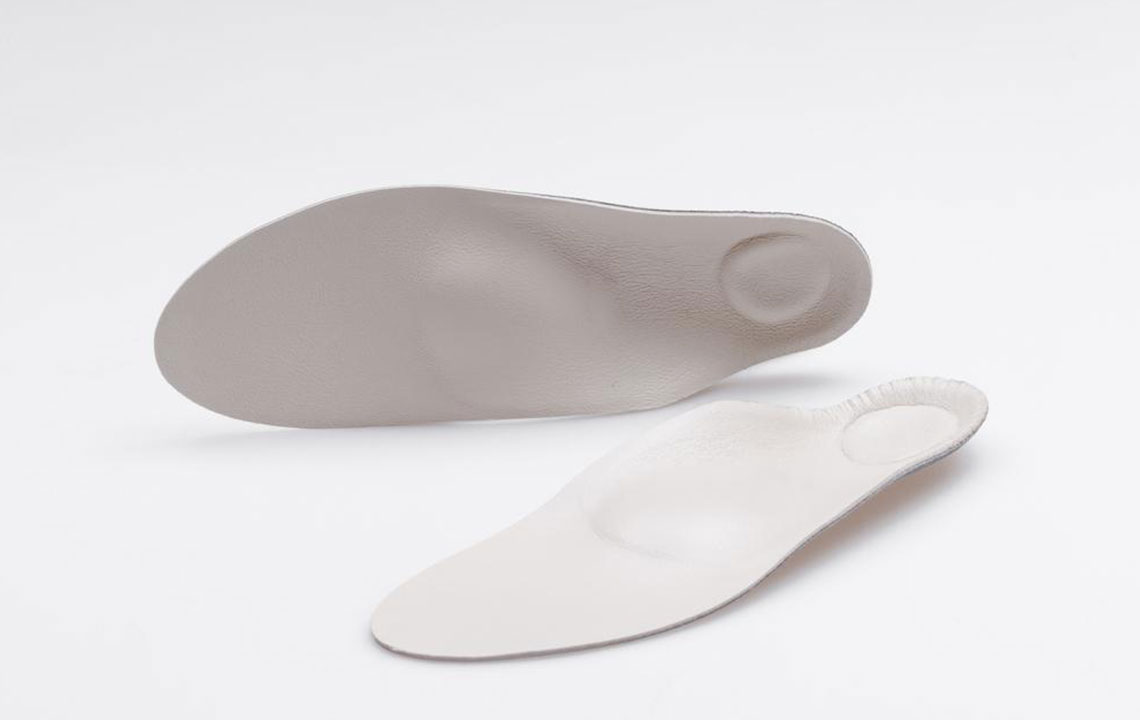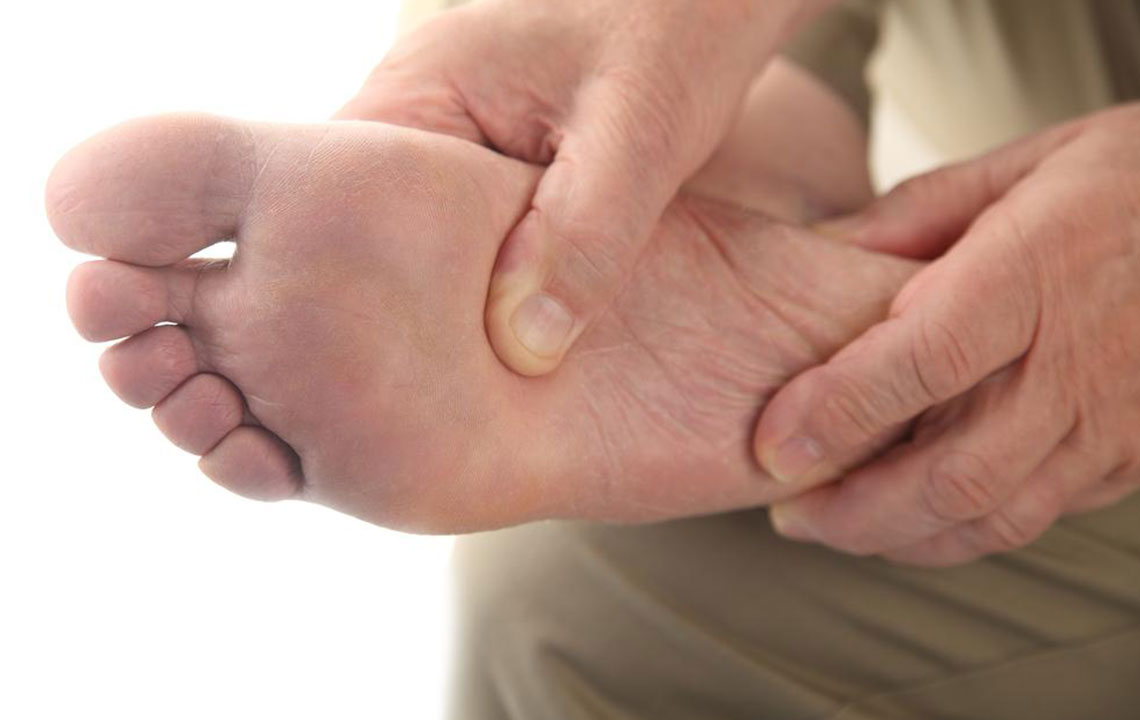Understanding Plantar Fasciitis: Causes, Symptoms, and Remedies
This article explores plantar fasciitis, highlighting its causes, prominent symptoms, and effective treatment options. It emphasizes the importance of early diagnosis and professional intervention to prevent chronic heel pain. Practical remedies include medications, physical therapy, support devices, and surgical procedures if necessary. Recognizing the signs early can help manage the condition effectively, especially for runners and those with lifestyle risk factors. Seek medical advice promptly to ensure proper care and avoid long-term discomfort.

Understanding Plantar Fasciitis: Causes, Symptoms, and Remedies
Experiencing heel pain during extended walking, running, or jogging? If the discomfort fades after rest, it’s likely not a concern. Persistent heel pain, however, may indicate plantar fasciitis—the leading cause of heel discomfort. This condition involves inflammation of the thick tissue band beneath your foot that links your toes to your heel bone, causing sharp pain, especially upon waking.
The pain typically manifests as a stabbing sensation in the heel area, most intense in the morning. It may lessen with activity but can flare up after long periods of standing or sitting. If this pain persists or recurs frequently, consulting a healthcare professional is essential. Treatment options vary and depend on the severity of symptoms.
Key signs of plantar fasciitis include pain under the heel and near the arch, often worse after waking or prolonged static positions. It can also appear after exercise routines, signaling inflammation of the plantar fascia—a supportive tissue for the foot arch.Causes of plantar fasciitis involve overstretching or tearing of the plantar fascia, which acts as a shock absorber and arch supporter. Repeated stress, especially from obesity, unsupportive footwear, or high-impact sports, can lead to inflammation. Early medical intervention helps prevent chronic issues. If symptoms persist, seek professional care promptly.
Treatment methods for plantar fasciitis include
Medications: Anti-inflammatory drugs can reduce swelling and pain. Consult a doctor for the appropriate prescription.
Physical Therapy: Stretching exercises prescribed by a therapist can relieve tension in the Achilles tendon and plantar fascia. Strengthening exercises for lower leg muscles also stabilize the heel and ankle. Taping techniques may provide additional support.
Support Devices: Night splints gently stretch the foot during sleep, while orthotics distribute pressure evenly across the foot. Both over-the-counter and custom solutions are available based on individual needs.
Surgery: If conservative treatments fail, surgical options may be considered. This typically involves removing the inflamed tissue, which might weaken the arch but alleviates persistent pain.
Effective management of plantar fasciitis requires prompt treatment, especially in runners or individuals with obesity or improper footwear. Ignoring symptoms could lead to chronic heel pain and disrupt daily activities. Early intervention and lifestyle adjustments can significantly improve recovery prospects.
Note:
The information shared here is for educational purposes. While based on research, it should not replace professional medical advice. Always consult a healthcare provider for diagnosis and treatment options. The website does not endorse any specific treatments or schemes and advises verifying additional information for your health needs.










